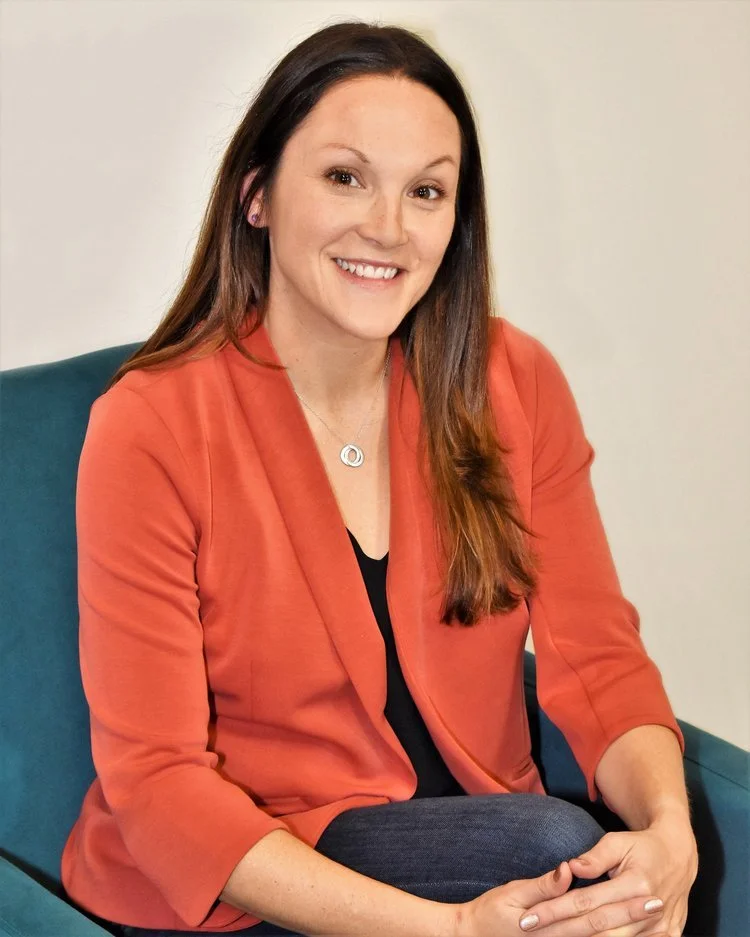Let's Talk Interweaves in EMDR
This month we are taking it back to one of the most important tools you can have in your EMDR toolbox, interweaves! In basic training, we all wait eagerly for part two to learn about all the tips and tricks that will help with processing. We are taught that the best tool we can have is a well throughout, well-timed, intentional, interweave.
We use them throughout phase 4 when someone is looping or stuck. We work as detectives to notice when parts are being defensive, and keep someone stuck in their processing. We ask ourselves why they are getting stuck and how we could help guide them through it. Originally we are taught that a good innerweave will move them through the stuck point and help continue processing. Although that is true, interweaves are also very powerful tools to speed up processing. They become a gas pedal for processing. A good interweave will help clients move through their stuff at a more rapid rate.
When we talk about processing, and noticing where people are, we look at it as a scale with one end as dissociation and the other end as a well resourced nervous system. These interweaves can be helpful with moving people along that continuum. We listen to their system and what is communicated in and out of session to decide what the best possible innerweave is.
This December and with the end of the year upon us, our staff at WBS wants to practice gratitude. As clinicians, we are grateful for all the lessons and paths that have been outlined before us from all of the amazing mentors we continue to learn from. We’ve all had set interweaves we use in our daily work that were created by helpers just like us and today practice gratitude for the work that they have done. We open our hearts and minds to this information and take with us bites of insight into better serving our communities! Every interweave is a chance to practice gratitude- from where we learned it to the part we're working with.
I reached out to my team members to practice gratitude and during that time, I asked what some of their favorite interweaves were, and where they learned them. Some noted that their favorite interweaves have to do with withing with parts, others mentioned enjoying watching clients rescue younger parts of themselves. Some of our team members were grateful to have the opportunity to add art in as an interweave. Whatever stands out to you, we encourage you to have as many interviews as possible in your toolbox to best support the person in front of you. Here are some of our favorite interviews that our team is grateful for and use every day.
Check out some of our staff’s responses below!
Sydney : “I'm curious if we can take a moment of compassion for that part?”
Laurel : “Is it nothing black, nothing white, nothing calm or nothing numb?”
Miranda: "If that ick/pain in your body could speak, what would it say?" and "Knowing what you know now, what could be helpful for that younger part of you to know/hear now?"
Brittney M : "I'm going to invite you to offer this younger version of yourself whatever she/he needs at this moment."
Zenzi : “I wonder if we can offer a missing experience; the opportunity to gift ourselves a kind word that was needed, a loving embrace, a fierce ally or protector, or an acknowledgement that our body was there for us”
Mary Lynn : “What would that look like if you could visualize it as an abstract image?”
Meet laurel
I’m Laurel O'neal Thornton. Owner, Neuro-Psychotherapist, Clinical Supervisor, and EMDRIA Approved Consultant. A neuro-psychotherapist who takes an integrative and holistic approach to healing and consultation. I work with the whole person, rather than just a set of symptoms.
Click here to connect with Laurel




